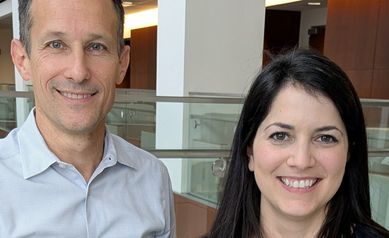Groundbreaking research. World-class cancer care.
Groundbreaking research. World-class cancer care.
Groundbreaking research. World-class cancer care.
Hear from Wilmot Cancer Institute Director, Dr. Jonathan Friedberg, about what this means for cancer care in our region.
Research Transforming Lymphoma Care
Liver Transplant for Colorectal Metastasis
Wilmot Cancer Institute has more than a dozen locations in the Rochester and Finger Lakes region that are offering quality, compassionate cancer care near where our patients live.
Learn More About Our Locations
Two of our prized basic scientists Vera Gorbunova, PhD, and Andrei Seluanov, PhD, are asking "Why do we age?" and investigating DNA repair and other biological superpowers that explain why some long-lived mammals do not get cancer.
Wilmot News


